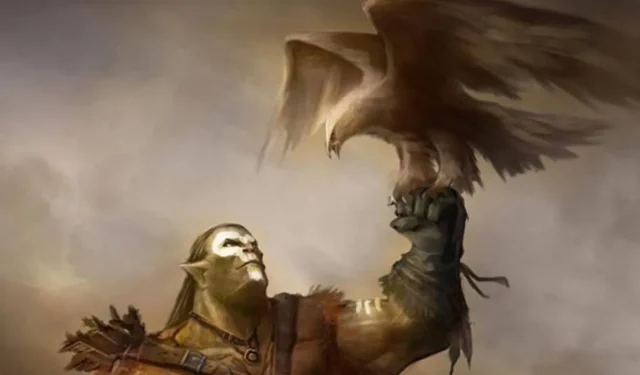
Orcs have often been relegated to the role of one-dimensional antagonists in a variety of fantasy narratives. However, the upcoming revision of Dungeons & Dragons aims to redefine this stereotype. Fantasy enthusiasts recognize that the genre can sometimes fall prey to a lack of innovation; many creators still rely on tropes established by early authors such as J.R.R. Tolkien. Consequently, any modification—such as the new portrayal of orcs—can be perceived as controversial or groundbreaking by some.
Importantly, Dungeons & Dragons isn’t the first to take a critical look at the portrayal of traditionally villainous races in fantasy. For example, Terry Pratchett’s Discworld series, particularly the novel Snuff, urges readers to reconsider the prejudiced depiction of goblins. Given the surge in popularity of Dungeons & Dragons over the past decade, it’s no surprise that Wizards of the Coast seeks to modernize certain aspects of the game, including the depiction of orcs.
How D&D 2024 Is Changing Orcs
D&D’s New Orcs Are Not All Villains
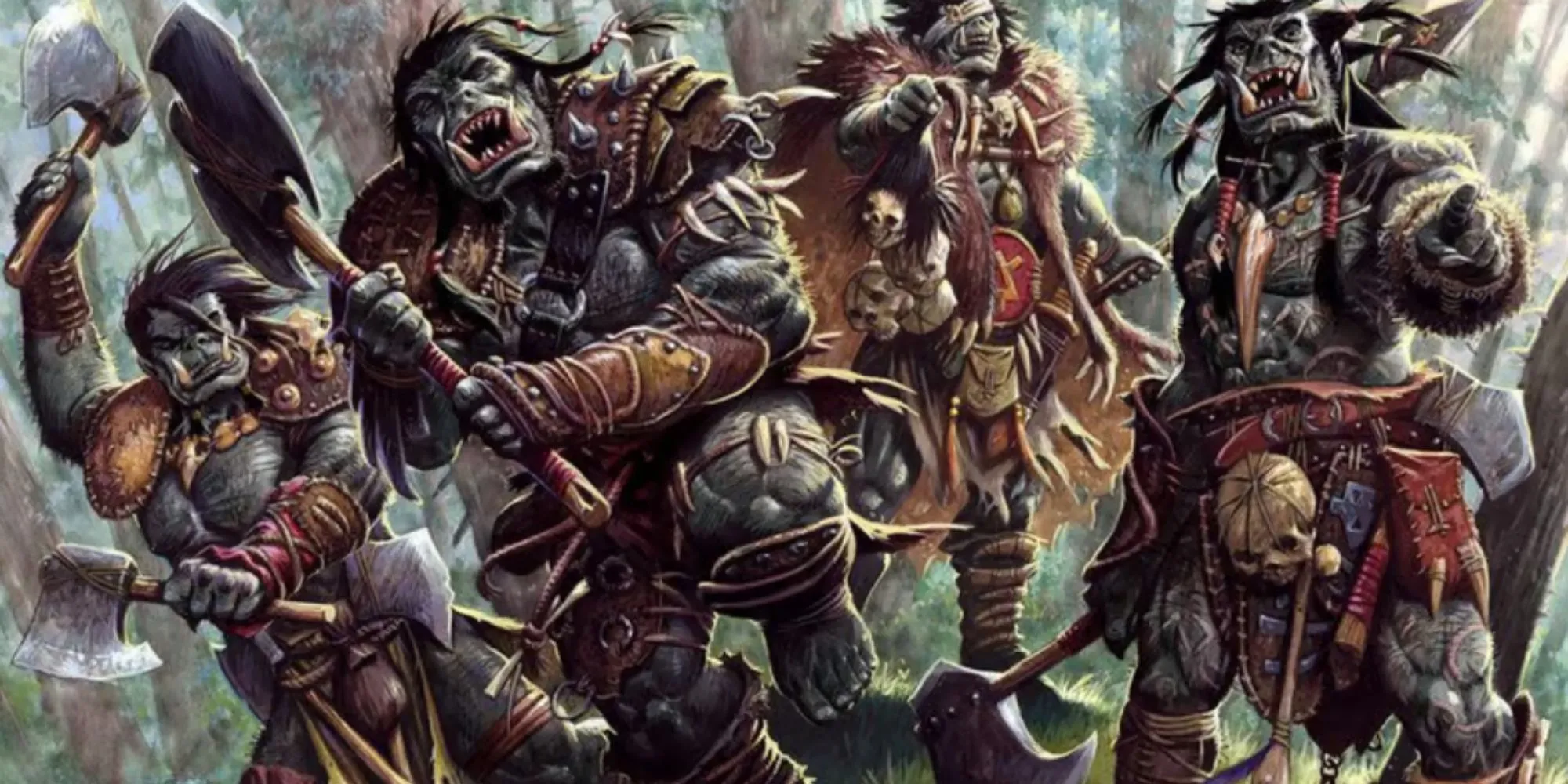

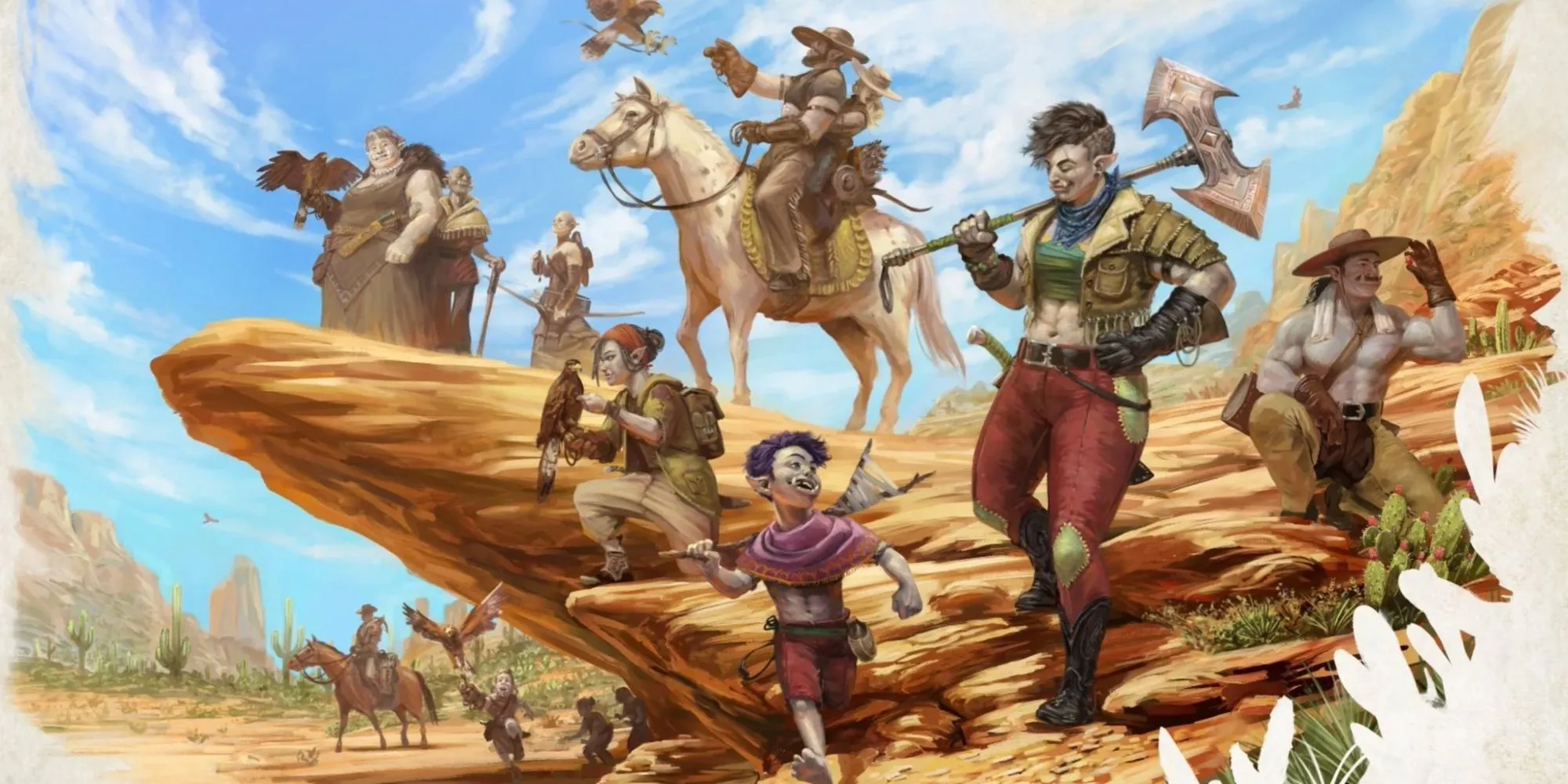
The 2024 Dungeons & Dragons manuals depict orcs as more than mere villains but as complex races of sentient beings. The latest Player’s Handbook showcases orc families and emphasizes their strength as a protective measure during travel, contrasting sharply with the traditional portrayal of orcs as aggressive warmongers.
This reimagining aligns with Dungeons & Dragons’ overall initiative to rethink how fantasy races are presented. The term “races”has now been replaced with “species,”signaling a shift towards character development that prioritizes background and personality over species affiliation. Players can now choose their species after determining their class and background, fostering an environment where a character’s morality is not inherently tied to their species.
Why Orc Changes Are Dividing Fans
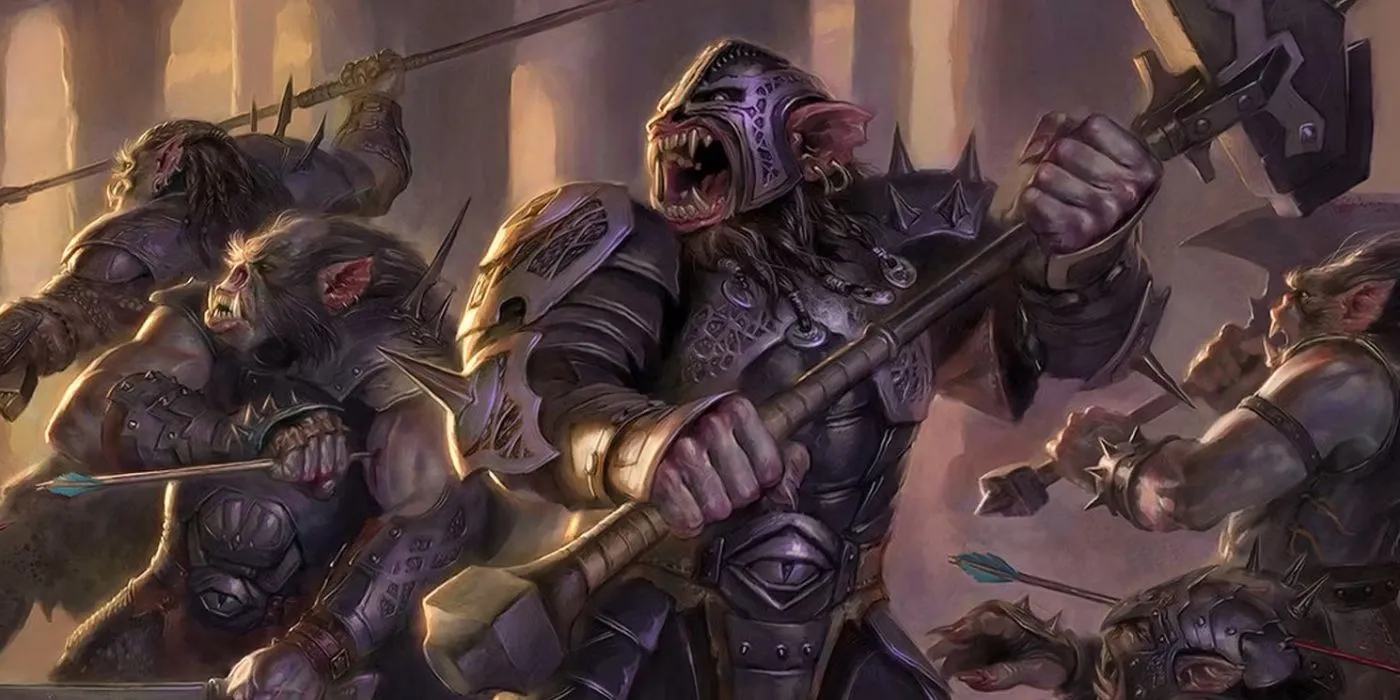
To understand the reception of these changes, one must consider the broader landscape of fantasy media. In recent years, many fantasy franchises are reassessing their treatment of various races, especially concerning real-world issues like racial essentialism—the notion that specific races possess inherent, biologically linked traits. With this awareness, Wizards of the Coast is actively attempting to eliminate potentially harmful stereotypes from Dungeons & Dragons, as well as its related franchise, Magic: The Gathering.
Yet, not all players embrace this evolution. Some resist the idea that the game could perpetuate negative attitudes towards real-world races, feeling that the same critical lens should not be applied to fictional races. Additionally, a portion of the player base desires that games maintain a sense of apoliticism. However, one could argue that the struggle to preserve problematic elements does not align with a truly apathetic stance.
The debate surrounding these changes is layered, extending beyond a simple pro or con classification. Many players experience a mix of emotions regarding the alteration of these elements and how it impacts their gaming experience. Regardless of where players stand, it’s crucial to recognize that the discussion contains both advantages and disadvantages.
Pros & Cons Of D&D 2024’s Orcs
D&D’s New Orcs Are Mostly A Good Thing
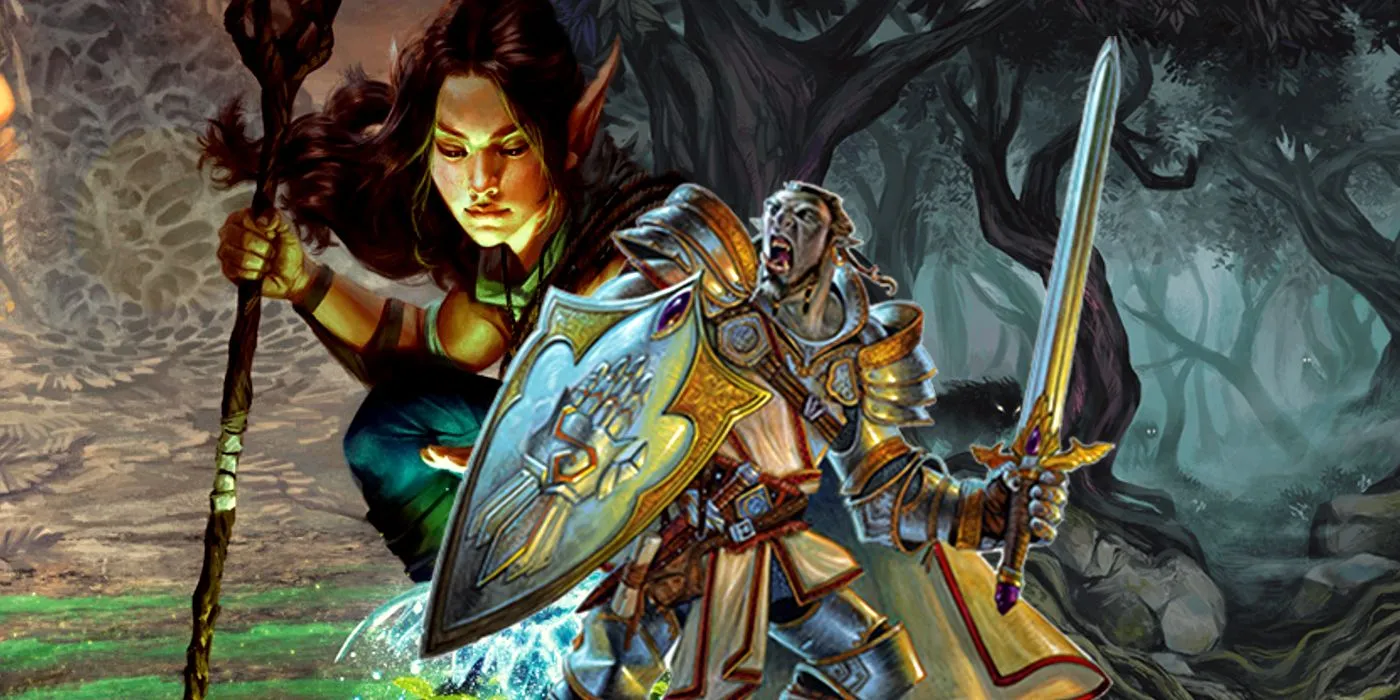
Dungeons & Dragons attracts a diverse player base, each with unique motivations for engaging with the game. While some players immerse themselves in the narrative and lore, others focus on the combat mechanics. For the latter group, orcs have historically served as straightforward foes that populate dungeons. The transition to more nuanced orc portrayals might frustrate those who prefer a more straightforward approach to gameplay.
As discussed by Wargamer, skepticism exists regarding the effectiveness of this change, suggesting that players may simply replace orcs with other creatures as disposable antagonists. While this could be viewed as a drawback, it may also point to a broader opportunity for character development by increasing the depth of encounters.
From a narrative standpoint, prompting players to consider the motivations behind their adversaries encourages Dungeon Masters (DMs) to craft richer stories. Instead of mindlessly populating a cave with orcs, DMs will need to contemplate meaningful reasons for conflict, potentially leading to innovative solutions that go beyond mere combat.
The actual impact of this change on gameplay can vary widely. Some players have already engaged with orcs as complex characters before these updates, feeling uncomfortable with the concept of demonizing an entire race. Conversely, those opposed to these changes can still opt to disregard them, as Dungeons & Dragons allows players to mold the world according to their preferences. Ultimately, the intention behind these updates is to foster greater inclusivity, which is a commendable goal.
Source: Wargamer




Leave a Reply